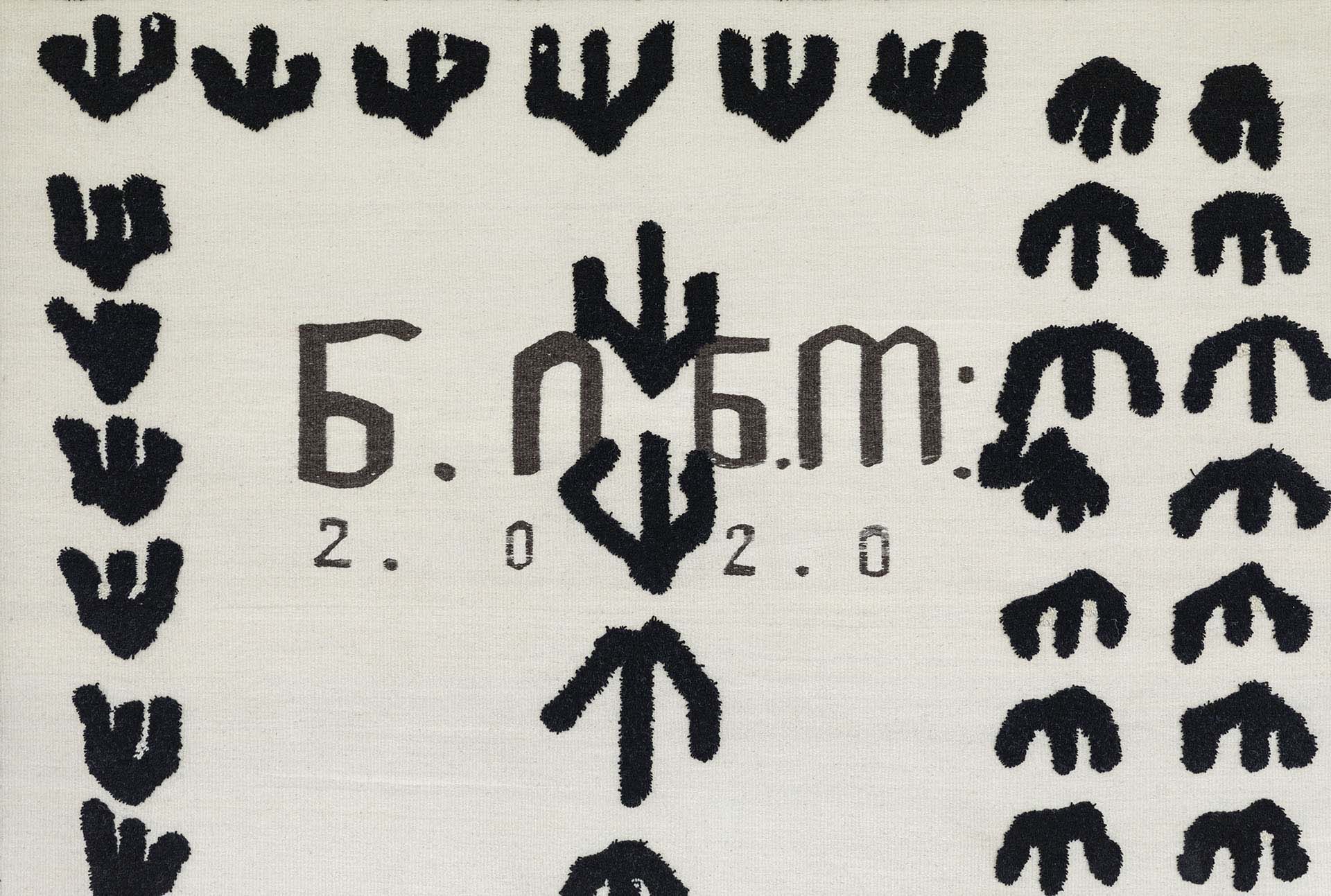
Feel free to add tags, names, dates or anything you are looking for


Over the course of the past 8 years, since my return to Georgia in 2012, contemporary art scene in Tbilisi has transformed dramatically. And that is certainly not a product of state initiatives. I would say, these transformations have been initiated independently, by artists and curators, and what we observe today is a result of a grassroots movement of sorts.
What fuels the art scene is education, galleries, curators, biennials, art residencies and museums. Back in 2013, informal Master’s program of the Center of Contemporary Art in Tbilisi was complemented with the Visual Arts, Architecture and Design School (VA[A]DS) at the Free University of Tbilisi and Giorgi Aleksi Meskhishvili’s Design School. We have witnessed a wave of openings of new commercial galleries. Open Space and Maudi, both non-commercial art spaces, and Propaganda Network, a non-profit organization and archive for art, have been committed to connecting young artists with audiences. Recently established Tbilisi Triennial, Tbilisi Architecture Biennial and Tbilisi Online Biennial, as well as, Kunsthalle Tbilisi roving exhibition space are equally noteworthy. Long standing Festivova Garukula and Artisterium, the annual exhibition series featuring artists from around the world, are also active platforms. These are just some of the many organizations and art events that fuel the contemporary culture in Tbilisi.
Every single visitor accentuates the energy of the local art scene. This energy is channeled by numerous distinct artists and designers here. One of my first projects upon my return to Georgia was Reverse Brain Drain, supported by the Goethe Institute Tbilisi. My goal was to give Georgian artists residing in Europe and the United States an opportunity to share their experience with young artists and students in Tbilisi. Most of these artists are successful professionals, which is why it was so important for local youth to learn their stories and be led by their example.
Young artists that had the chance to meet Tea Jorjadze, Salome Machaidze, Dato Meskhi, Tea Gvetadze, Sopho Tabatabdze, Tamara K.E. and Tolia Askhatishvili are currently residing in Georgia, and, unlike previous generations, participate in international residencies and art shows directly from here.
There are many interesting artists among them, some of whom I would like to single out here:
Nika Kutateladze has authored a few site-specific art shows in Tbilisi. He channels architectural spaces to tell his personal story. Back in 2018, he stationed a watermill from a mountainous village in Guria in a typical “Khrushchovka”-type single-room apartment in Tbilisi. This installation that combined two distinct architectural elements was greeted with much interest. In 2019, he was invited to the group show Metamorphosis: Art in EuropeNow at the Cartier Foundation in Paris.

Nika Kutateladze, Watermill on Former Pavlov Street, 2018 Commissioned by Kunsthalle Tbilisi, Installation view Photography Guram Kapanadze

Nika Kutateladze, Watermill on Former Pavlov Street, 2018 Commissioned by Kunsthalle Tbilisi, Installation view photography Guram Kapanadze

Salome Dumbadze, Where it Pours Gleam, 2020 Installation view, 4710 gallery, Tbilisi, Georgia
Lado Lomitashvili is a young architect and interior designer. Interior of They Said Books, a local bookstore and café, designed by him, is a reflection of the brand-new image of contemporary culture in Tbilisi. Lomitashvili was featured on Deezen, a popular architecture and design magazine:dezeen.com

Project name: They Said Books Location: Tbilisi, Georgia Completion year: 2018 Design: Lado Lomitashvili Area: 150 sqm. Photography: Nakanimamasakhlisi and Lado Lomitashvili

Project name: They Said Books Location: Tbilisi, Georgia Completion year: 2018 Design: Lado Lomitashvili Area: 150 sqm. Photography: Nakanimamasakhlisi and Lado Lomitashvili
Andro Eradze started out with photography and the Street Poetry street art project. His recent work, paired with Basim Magdy, was presented at Kunsthalle Tbilisi this spring. The show was reviewed by the Artforum magazine online.

Andro Eradze, All Hands Bury The Dead, Full HD; 13 min 41 sec Commissioned by Kunsthalle Tbilisi, Georgia
Nino Kvrivishvili reincarnates traditional Georgian carpets and Soviet textile history through her art, channeling her personal past to create contemporary pieces. Currently her work is included in a group exhibition Keeping the Balance(the Works from Art Collection Telekom)at Ludwig Museum, Budapest.

Nino Kvrivishvili, Story as a Woven Carpet, 2020, Wool (hand woven) 170 x 210 cm (detail) Photography Guram Kapanadze
Irakli Rusadze sits as creative director of 2016-established label Situationist. Gathering inspiration from his home country of Georgia, Rusadze makes deeply personal statements about his post-Soviet nation and the individual experiences it encompasses. The specificity of those stories is what allows Situationist to resonate on a global scale with audiences far removed from those realities. Admiring the women at the heart of his upbringing, the creative director associates strength and resilience with femininity, and the garments only serve to further prove that point. Strong shoulders and cinched waists, expert tailoring, layering, and draping are all core elements of the brand. Leather coats and trousers cut powerful silhouettes, while tailored wool blazers featuring cut-out and lace-up detailing bringing novelty to a wardrobe classic. Latest in line of famed Georgian designers, Rusadze stays deeply rooted in his collection of experiences and constantly reconsiders tradition, shape, and the concepts of femininity and masculinity.

Each garment is made by one seamstress at Situationist Atelier and has a special label signed by seamstress which makes each item absolutely unique.Irakli Rusadze was featured in the newcomer category of Paris Fashion Week for the third time this year.